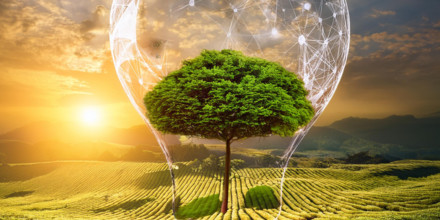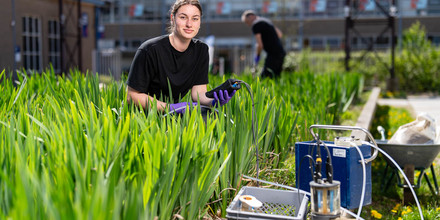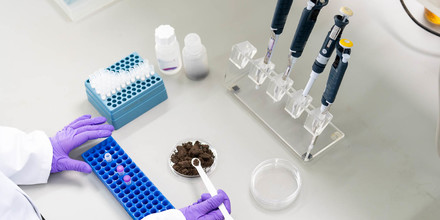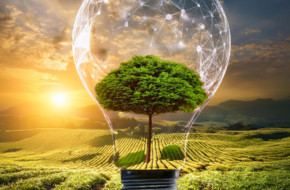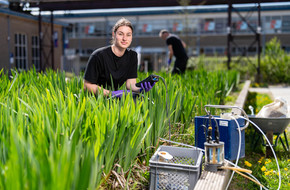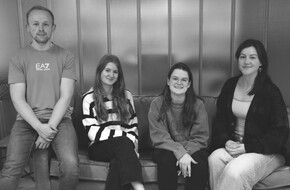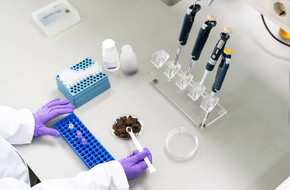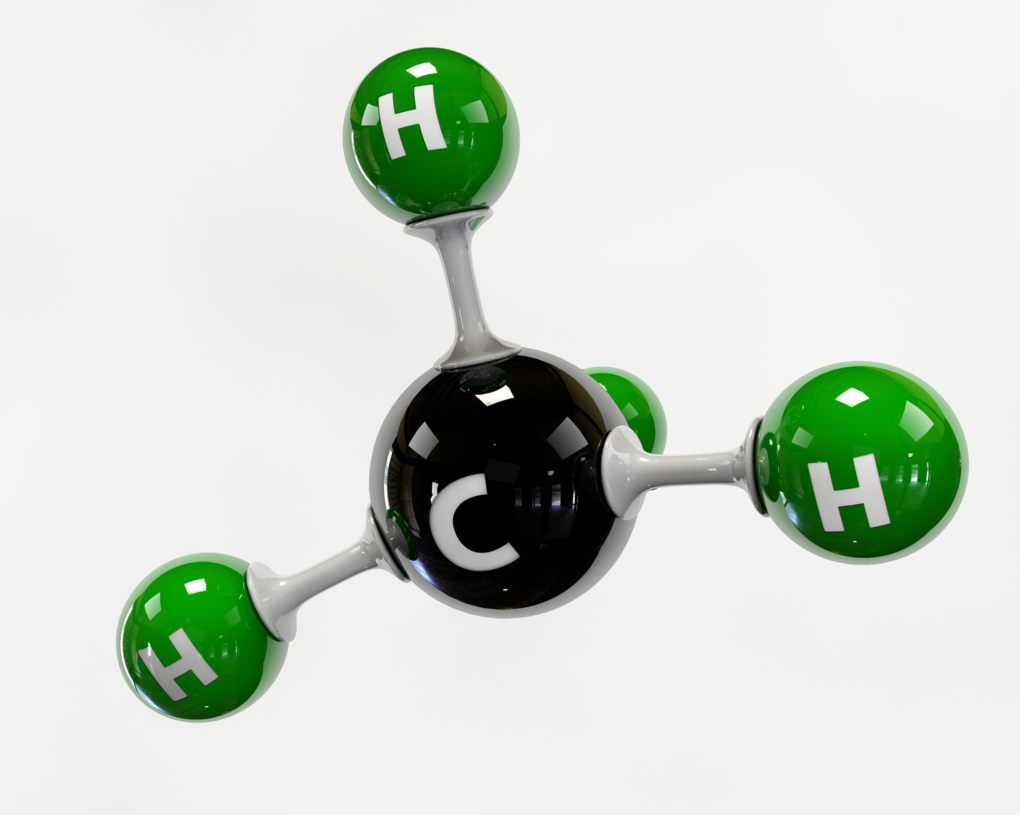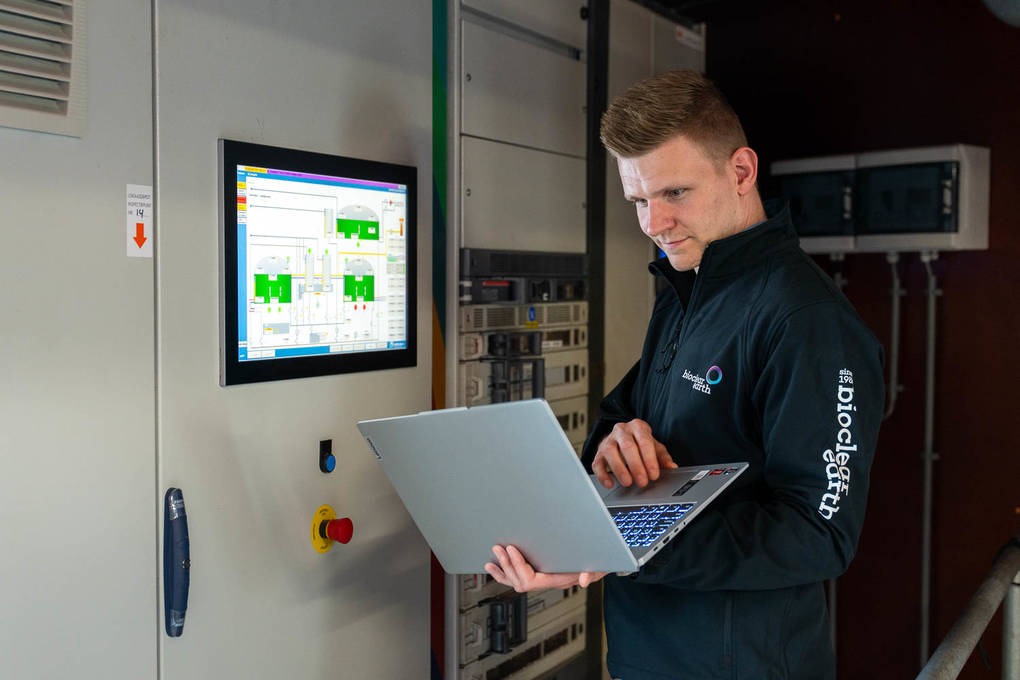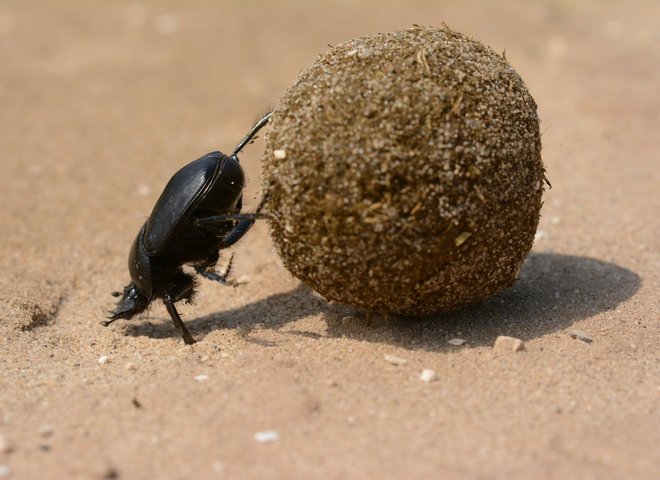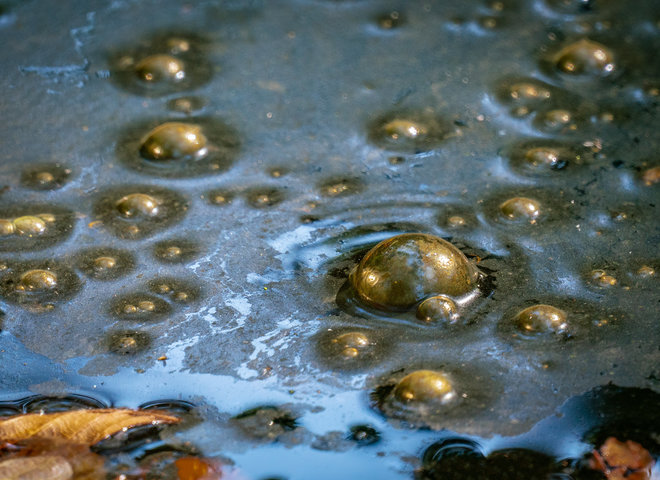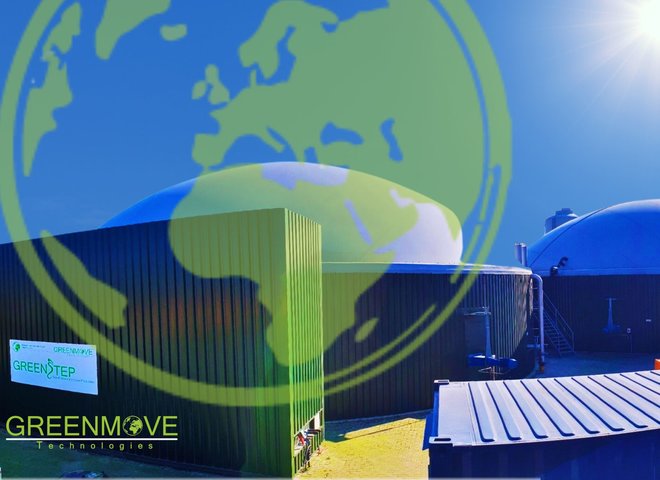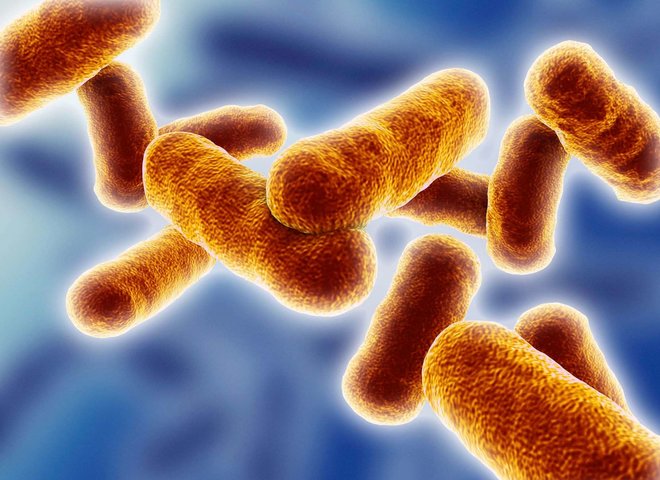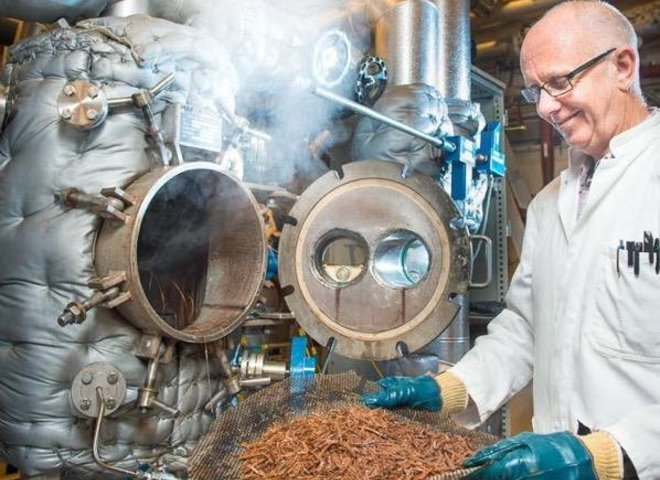Bioclear earth is an expert on the biological processes in biodigestion and deploys this knowledge with the aim of contributing as much as possible to the energy transition. We do this by developing new technologies and advising entrepreneurs in the Green gas sector. Bioclear earth is involved in all the steps in which microbiology plays a role. These are steps 2, 3 and 4.
We provide our clients with insight into the biological processes taking place in the digester and advice on how to adjust and optimise them (step 3). Bioclear earth can also advise suppliers of residual flows on the fermentability and usability of their product for the production of Green Gas (step 2).
Finally, Bioclear earth is developing new technologies to produce more Green gas. First, we are developing specialised mixtures of bacteria. By adding these bacteria to the digester (´bioaugmentation´), the decomposition of biomass proceeds faster and more complete, thereby increasing the yield. Secondly, we are developing technology to produce methane from hydrogen and CO2 using primordial bacteria. This is important for the future because of the relatively limited availability of green waste flows. By using the CO2 from biogas for this purpose, 55% to 70% more Green gas can be produced from a specific amount of biomass. In addition, this ´synthetic´ gas has a CO2 footprint approximately 2-5 times lower than that of Green gas from biomass. This process requires Green hydrogen that can be produced locally from solar and wind and can help relieve pressure on the electricity grid. Bioclear earth has created well-performing lab-scale reactors that we are using to further develop and optimise this Power to Methane process (project Power to Methane).
